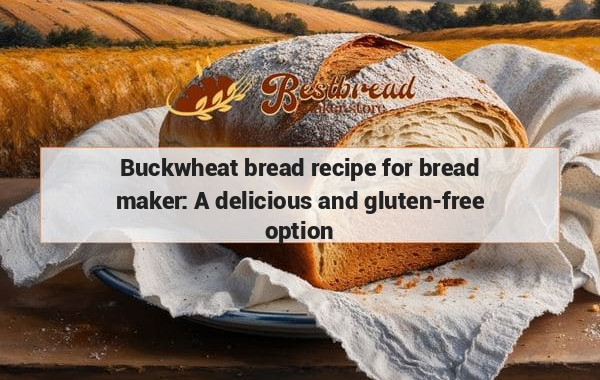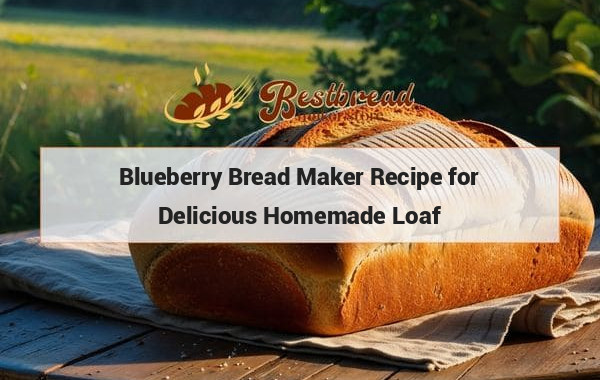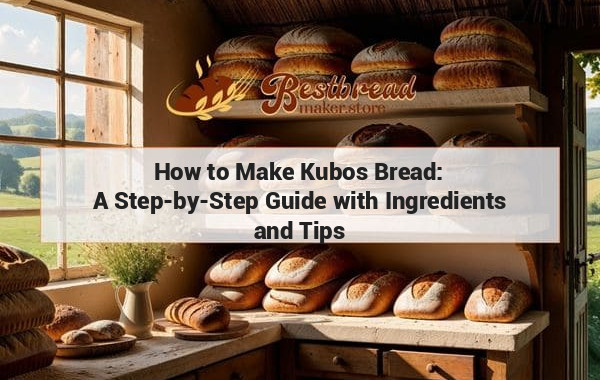How to Make French Bread in a Bread Maker: Easy Recipe and Tips
To make French bread in a bread maker, you will need ingredients like flour, water, yeast, sugar, salt, and olive oil. Start by adding the ingredients to the bread maker in the order recommended by the manufacturer. Select the French bread setting and let the machine do the work of mixing, kneading, rising, and baking. Once the bread is done, remove it from the bread maker and let it cool before slicing and enjoying your homemade French bread. Follow this simple recipe for delicious French bread made right in your bread maker.
When making French bread in a bread maker, it’s essential to understand the process from start to finish. With the right techniques and settings, anyone can make a perfect loaf of French bread at home. In this guide, we’ll walk you through the steps of creating delicious French bread using your bread maker, while also providing helpful insights to make the process seamless.
Key Takeaways: Using a bread maker simplifies the process of making French bread at home. All you need are the right ingredients, accurate measurements, and setting the bread maker to the correct program for French bread.
Understanding the Process of Making French Bread in a Bread Maker
Making French bread in a bread maker differs slightly from traditional methods, but the result can be just as delightful. The convenience of a bread maker makes the entire process faster and more efficient without sacrificing the bread’s quality.
What Makes French Bread Unique?
French bread, known for its crisp crust and soft interior, typically uses only a few ingredients—flour, water, yeast, and salt. What sets it apart from other breads is the balance between a chewy crumb and a crunchy exterior, which is achieved through proper fermentation and baking techniques.
Step-by-Step Guide to Making French Bread in a Bread Maker
1. Gathering Ingredients
To make classic French bread, you'll need basic ingredients:
- Bread flour (high-protein flour works best)
- Active dry yeast or instant yeast
- Water (at room temperature)
- Salt
- Optional: sugar or olive oil for added flavor
Using the best quality ingredients is key to achieving that signature French bread taste. Avoid skipping salt or yeast measurements, as these are critical to the dough's rise and flavor.
2. Measuring and Preparing Ingredients
Precision in measuring the ingredients ensures the best results. Start by measuring your flour using the spoon and level method to avoid adding too much, which can make the bread dense. Ensure that yeast doesn’t touch the salt directly, as this can deactivate the yeast.
3. Selecting the Right Program
Most bread makers have a “French Bread” setting, designed to give the dough an extended kneading and proofing time. This is crucial for developing the gluten structure and allowing the yeast to work properly. Select this program for optimal results.
Common Mistakes to Avoid When Using a Bread Maker
While bread makers are designed to simplify the process, there are a few common pitfalls that can affect the outcome of your bread:
- Not checking dough consistency: Even with a bread maker, it's essential to check the dough after a few minutes of mixing. The dough should form a smooth, elastic ball. If it's too wet or dry, adjust by adding small amounts of flour or water.
- Overproofing: Some machines allow for extended proofing, but if your dough rises too much, it can collapse during baking. Make sure to monitor the rise and adjust as needed.
- Using expired yeast: Fresh yeast is key to a well-risen loaf. Always check the expiration date before using it.
How a Bread Maker Simplifies the French Bread Process
A bread maker not only automates the kneading and baking process but also provides consistent results. If you're new to baking, this machine helps ensure that the dough is properly handled from start to finish.
Why Use a Bread Maker for French Bread?
French bread is notorious for its long preparation time when done manually, especially with the kneading and proofing stages. A bread maker reduces this time by automating each step, allowing you to focus on other things while the machine works. Additionally, modern bread makers are equipped with specific settings that closely mimic the traditional French bread baking process, ensuring the right texture and flavor.
Exploring Different Variations of French Bread
Though the traditional recipe is simple, you can experiment with different variations using your bread maker. Consider adding ingredients like:
- Herbs (rosemary, thyme): These can be mixed into the dough for added flavor.
- Cheese (Parmesan, Gruyère): Adding cheese can create a savory twist, ideal for pairing with soups or salads.
- Olives or sun-dried tomatoes: Perfect for a Mediterranean take on French bread.
These variations can be made by incorporating the ingredients into the dough during the second kneading cycle.
Tips for Achieving the Perfect French Bread Crust
One of the hallmarks of French bread is its crunchy crust. Achieving this in a bread maker can be tricky but not impossible. Here’s how:
- Steam: Many bread makers have a steam feature that mimics the effect of a steam oven. This helps create a crisp crust by adding moisture during the initial baking phase.
- Spritz with water: If your bread maker doesn’t have a steam feature, lightly spritz the dough with water before baking. This can help create a similar effect, ensuring a crunchy crust.
- Remove promptly: Once the bread has finished baking, remove it from the bread maker promptly to prevent the crust from softening due to trapped moisture.
Using the Bread Maker Effectively: Practical Insights
Having used bread makers for years, I've learned a few tricks that can help enhance your baking experience.
- Timing is Everything: Some bread makers allow you to set a timer so that the bread finishes at a specific time. This is particularly useful if you want fresh bread ready for breakfast or dinner.
- Experiment with the Settings: Don't be afraid to experiment with different settings on your machine. Some machines have custom modes where you can control the kneading time, rise time, and baking time separately.
- Maintenance is Key: Regularly clean your bread maker, paying close attention to the kneading blades and bread pan. This helps prevent any dough buildup, which can affect the machine’s performance.
Frequently Asked Questions About Making French Bread in a Bread Maker
1. Can I make gluten-free French bread in a bread maker?
Yes, many bread makers have gluten-free settings that adjust the kneading and rising times to accommodate gluten-free flour. Just make sure to use a gluten-free French bread recipe to get the best results.
2. How do I store French bread after it’s baked?
French bread is best eaten fresh. However, you can store it at room temperature in a paper bag for up to two days. For longer storage, freeze the bread and reheat it in the oven to restore its crustiness.
3. Can I use whole wheat flour instead of white bread flour?
While whole wheat flour can be used, it will result in a denser loaf. You can substitute part of the white flour with whole wheat to achieve a balance between texture and flavor.
4. Why is my bread too dense or heavy?
A dense loaf can be caused by using too much flour, not enough yeast, or improper dough consistency. Make sure to measure ingredients accurately and check the dough during the mixing phase.
5. What’s the difference between French bread and regular white bread?
French bread typically has a lean dough, meaning it doesn’t include fats like butter or oil, which are common in white bread. The crust is also crunchier, and the interior is chewier compared to the soft, airy crumb of white bread.
For those seeking the best bread maker to try these recipes at home, consider visiting bestbreadmaker.store, where you’ll find top-rated models that deliver consistent results.








